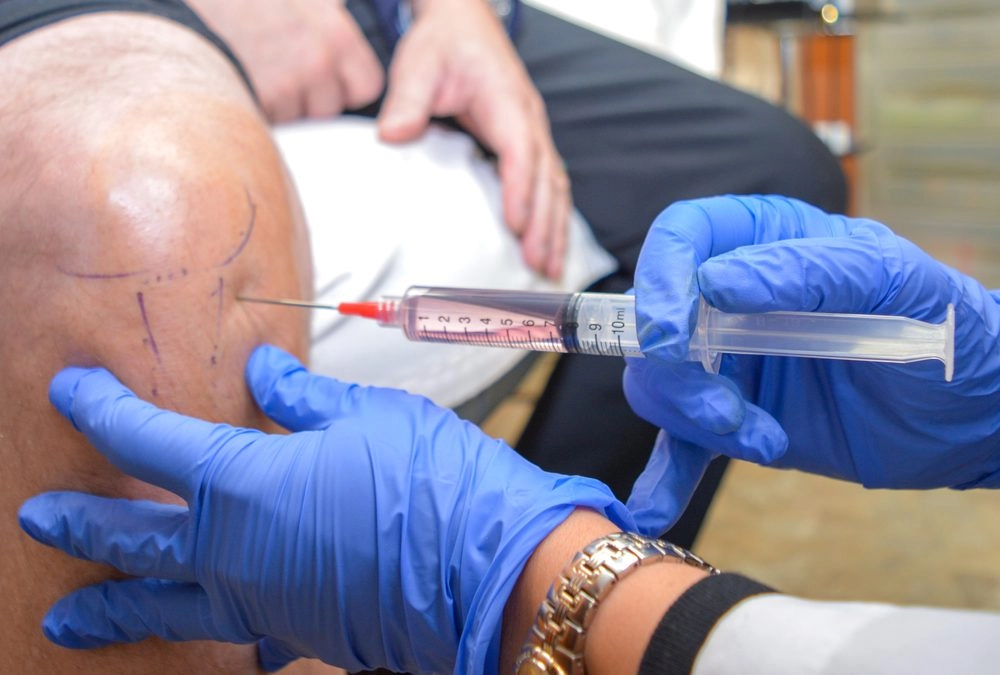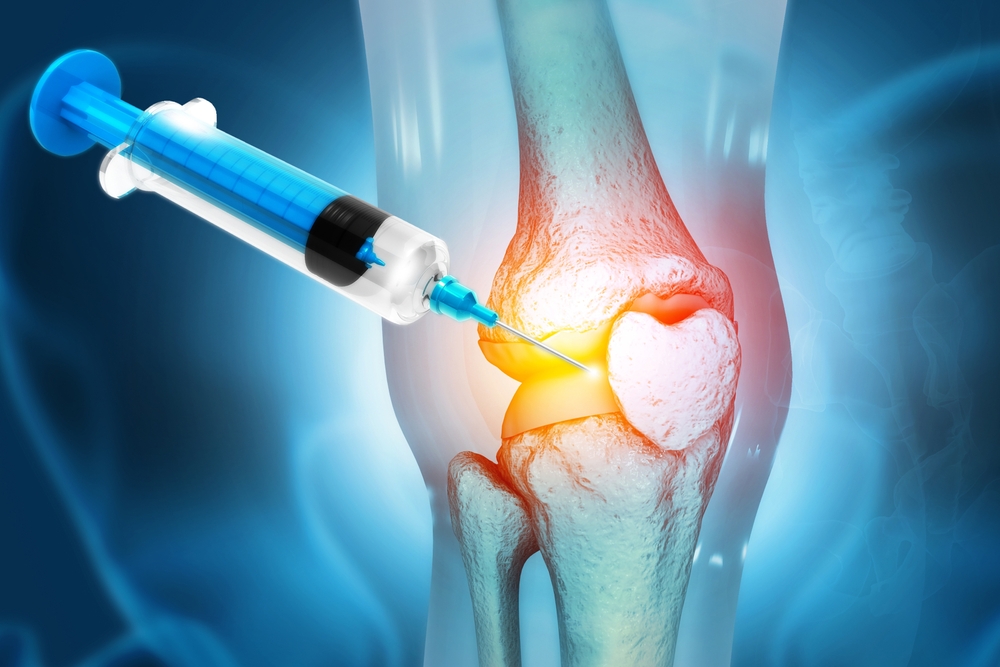The world of stem cell therapy has undergone a remarkable transformation in 2025, with groundbreaking clinical trials delivering unprecedented results for patients with previously incurable conditions. From epilepsy patients experiencing dramatic seizure reductions to type 1 diabetics eliminating their need for insulin injections, stem cell treatments are finally fulfilling their decades-old promise.
Recent advances in induced pluripotent stem cells (iPSCs), gene editing technologies, and immune evasion strategies have overcome many historical barriers that once limited therapeutic applications. With over 1,200 patients now treated across 116 clinical trials worldwide, accumulating more than 10^11 clinically administered cells, the field has demonstrated remarkable safety profiles while achieving functional cures for devastating diseases.
Breakthrough Clinical Successes in 2025
Neurological Disorders See Dramatic Improvements
The most striking advances in stem cell therapy have emerged in treating neurological conditions. Justin Graves, a patient with debilitating epilepsy, experienced a life-changing transformation after receiving lab-made neurons designed to control electrical misfires in his brain. His seizures decreased from daily occurrences to approximately once per week, representing the kind of functional improvement that defines successful stem cell intervention.
Parkinson’s disease treatment has reached a critical milestone with landmark trials in both the United States and Japan showing promising results. At Memorial Sloan Kettering Cancer Center, researchers successfully implanted dopamine-producing neurons grown from human embryonic stem cells, with participants experiencing visible reductions in tremors. The FDA has granted this program special regenerative medicine advanced therapy status, enabling direct progression to phase 3 trials.
Diabetes Treatment Achieves Insulin Independence
Perhaps the most remarkable breakthrough involves type 1 diabetes patients who have eliminated their dependence on insulin injections. Vertex Pharmaceuticals’ ongoing study demonstrates that patients receiving lab-made beta cell transfusions can achieve natural blood sugar regulation, with their transplanted cells producing insulin when needed. This represents a functional cure that allows patients to resume normal lives without constant glucose monitoring and insulin administration.
Cutting-Edge Technologies Driving Innovation

Hypoimmune Stem Cells Solve Rejection Problems
A revolutionary development from Sana Biotechnology has created hypoimmune pluripotent (HIP) stem cells that evade immune system rejection. These specially engineered cells survived for 16 weeks in fully immunocompetent recipients without triggering immune responses, while traditional stem cells were rapidly rejected. This breakthrough eliminates the need for immunosuppressive drugs and opens possibilities for universal donor cells.
Advanced Manufacturing and Personalized Medicine
The integration of 3D bioprinting with stem cell technology has enabled precise tissue engineering, expanding regenerative medicine possibilities. Companies like Celaid Therapeutics are developing large-scale hematopoietic stem cell propagation without animal-derived components, reducing costs while maintaining functionality. These manufacturing advances support the transition toward personalized medicine approaches tailored to individual patient needs.
Expanding Treatment Applications
Beyond Traditional Boundaries
Stem cell therapy applications have expanded significantly beyond blood disorders and cancer treatment. Clinical trials now target chronic diseases including heart disease, spinal cord injuries, and neurodegenerative conditions. The Stem Cell Network recently allocated $13.5 million to support 36 research projects across Canada, covering 14 different disease areas, including brain disorders, diabetes, heart, and lung disease.
Tissue Engineering and Organ Regeneration
Advanced tissue engineering combining stem cells with bioprinting technologies is creating complex, functional tissues suitable for transplantation. This innovation addresses organ shortage challenges while potentially eliminating transplant rejection risks through patient-specific cell sources.
Future Outlook and Clinical Pipeline
The clinical pipeline remains robust with 800 ongoing trials, predominantly featuring hematopoietic stem cells (42.3% of trials) and mesenchymal stem cells. Early-phase trials dominate the world, indicating continued innovation in next-generation therapies combining stem cells with immunomodulatory agents and gene editing technologies.
As we progress through 2025, stem cell therapy stands at the threshold of mainstream medical adoption, with functional cures becoming a reality for patients who previously faced limited treatment options.

